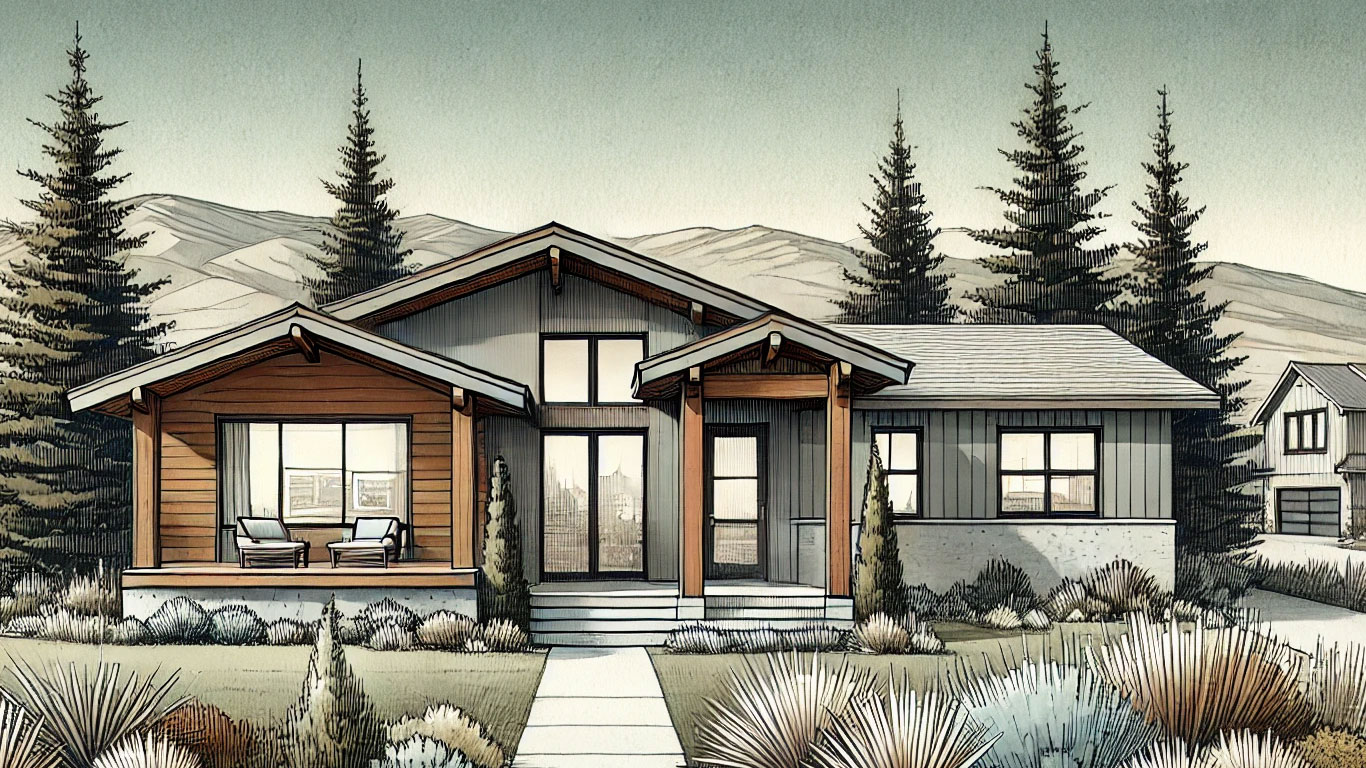
Narrative
In 2024, the owners of a single-family residential home in Boise, Idaho, undertook strategic tax planning to enhance their investment. The property consists of a single-story house encompassing 1,823 square feet. Originally constructed in 1987, the home features one residential unit designed for comfortable living.
The building's exterior showcases a blend of traditional architectural elements, including vinyl siding and standard builder-grade windows. The interior is well-appointed, featuring amenities such as a central split HVAC system, a 40-gallon water heater, and contemporary lighting fixtures. The property also includes a concrete patio and landscaping.
The owners engaged Engineered Tax Services (ETS) to perform a comprehensive cost segregation study of the property. This study aimed to identify and reclassify specific assets, enabling the acceleration of depreciation and optimizing tax benefits. This case study outlines the cost segregation strategy employed and its significant impact on the financial outlook of the property.
Objective
The primary objective of the cost segregation study was to identify and classify the residential home's assets to optimize the owners' tax savings. By breaking down and reallocating components into shorter depreciation life categories, ETS aimed to provide both immediate and long-term financial benefits through accelerated depreciation.
Methodology
ETS employed a detailed, engineering-based approach, which included:
- Physical Inspection: conducting a thorough site visit to identify and photograph the property's components
- Document Review: examining architectural plans, construction documents and accounting records
- Cost Analysis: applying engineering principles to allocate costs to specific asset classifications
- Depreciation Calculation: calculating depreciation using IRS-accepted methods such as the Modified Accelerated Cost Recovery System (MACRS)
Learn More About Cost Segregation
Explore the benefits of cost segregation and how it can enhance your property's profitability. Dive deeper into our strategies.
Discover MoreAsset Allocation
5-Year Class Life
Total Depreciation Allocation: $79,634.78
Percentage of Total Depreciable Basis: 29.79%
5-year class life assets identified in this study include:
- Electrical systems (dedicated equipment outlets, garbage disposal)
- Appliances (refrigerator, oven/range, dishwasher, washer, dryer)
- Flooring (carpet, laminate wood flooring)
- Interior finishes (crown molding, chair rail molding)
- Plumbing fixtures (kitchen sink, utility sink)
15-Year Class Life
Total Depreciation Allocation: $10,891.89
Percentage of Total Depreciable Basis: 4.07%
15-year class life assets identified in this study include:
- Land improvements (concrete patio, landscaping, fencing)
- Exterior structures (metal picket fence, wood fence, concrete stairs)
39-Year Class Life
Total Depreciation Allocation: $176,785.82
Percentage of Total Depreciable Basis: 66.13%
39-year class life assets identified in this study include:
- Building envelope (foundation, framing, roofing, siding, windows, doors)
- Interior construction (drywall, ceiling, flooring, cabinets, countertops)
- Building systems (HVAC, plumbing, electrical)
- Fixtures (lighting, bathroom fixtures)
Class Life Details:
Summary
The cost segregation study for this residential home in Boise, Idaho demonstrates the substantial financial advantages of strategic tax planning. By reclassifying property components into shorter depreciation categories, the study enabled accelerated depreciation, resulting in maximized tax savings and improved cashflow. This approach enhances the home's long-term profitability and allows for more efficient capital management. The case study illustrates how cost segregation can significantly boost the financial performance of residential real estate investments.
Unlock Your Tax Savings
Discover how cost segregation can maximize your tax benefits and improve cash flow. Get started today with a free consultation.
Get Your Free Consultation
